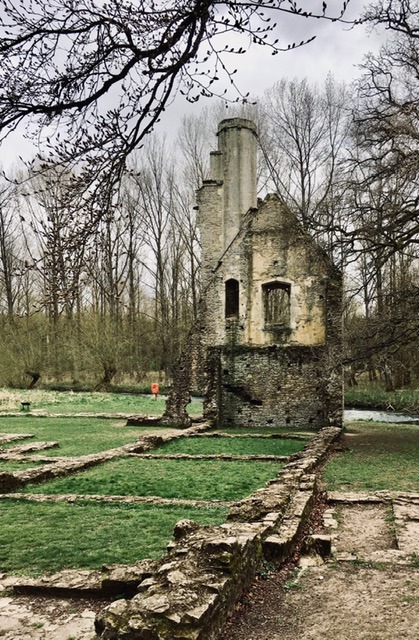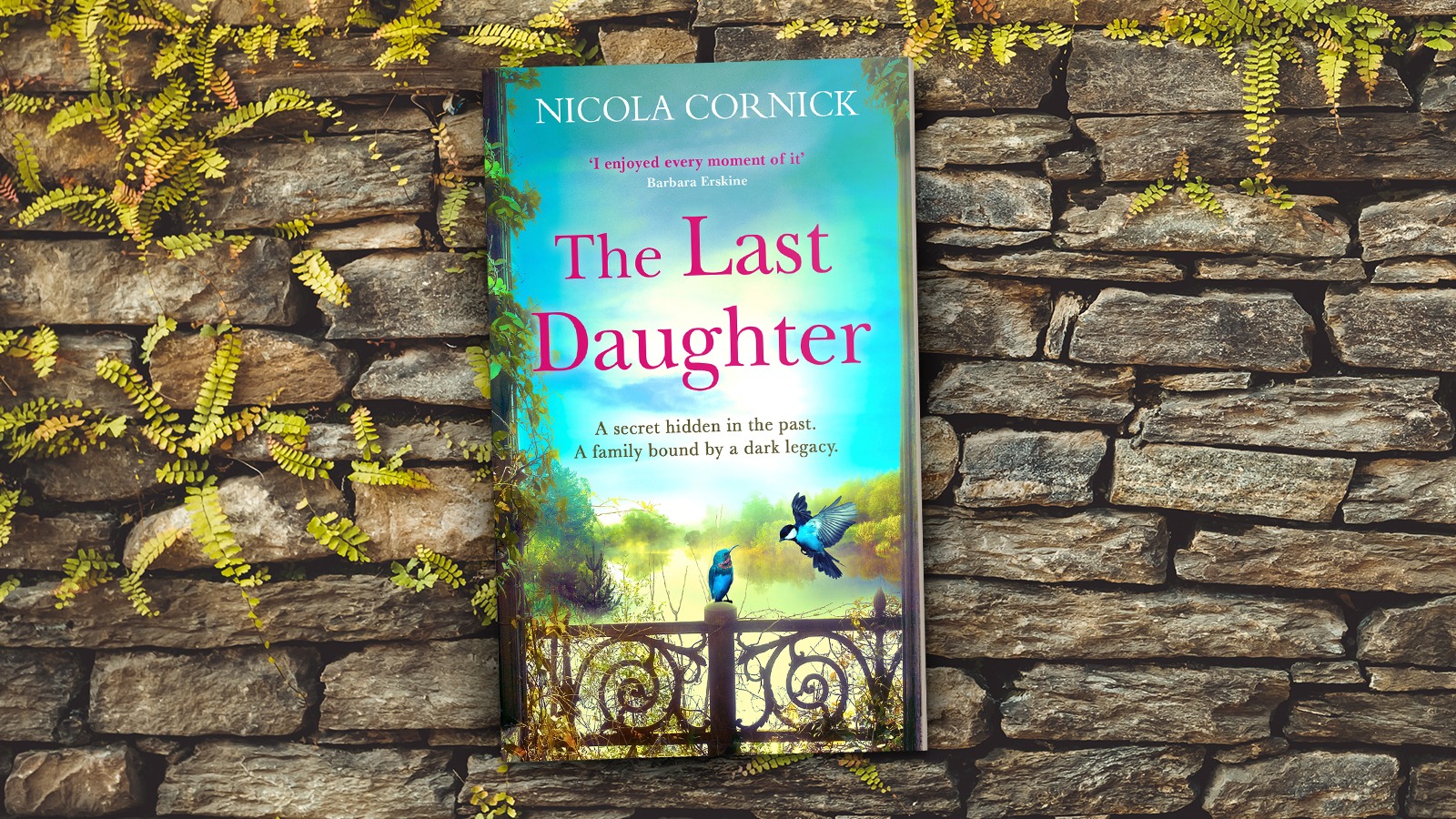We’re delighted to be publishing Nicola Cornick’s latest timeslip novel, The Last Daughter, on July 8th. Through spellbinding and gripping writing, Nicola can always be counted upon to transport us back in time. And often Nicola’s writing is inspired by historic sites that we can all enjoy and step back in time by visiting. Nicola tell us more about how historic places have and continue to inspire her writing.
How Historic Places Inspire My Storytelling
I visited my first historic site when I was still a baby and had to be carried around by my parents. It was Ilkley Manor House, a museum in Yorkshire established a few years before I was born, and it introduced me to a world of historic houses and heritage sites that have inspired me ever since. As a five-year-old I fell down a spiral staircase at Caernarfon Castle because I was so excited to explore! It didn’t put me off. I’ve been hooked on history forever and as a writer I often get caught up in the atmosphere and sense of place when I visit somewhere; the beauty of the setting and the fascinating history behind it work together to provide me with some amazing story ideas.

I remember when I first came across Minster Lovell Hall, the house at the centre of my new book The Last Daughter. I picked up a book about romantic ruins and there it was, described as ‘one of the most haunting places … Dark legends drift around these old walls…’. I was hooked. Years later, when I visited, I immediately felt an incredibly strong sense of atmosphere, as though all the ghosts were crowding in to tell their tales. It’s always very powerful to know that the characters I’m writing about once stood in the same spot that I am standing in now. I can feel their presence. It’s as close to time travel as I can get!
Another place that is incredibly inspiring is Ashdown House in Oxfordshire, where I work as a volunteer guide. My first timeslip book, House of Shadows, was based on Ashdown, which is a gorgeous place that looks like a real-life doll’s house. Knowing and reading about the people who lived there down the centuries provides so many story ideas; sometimes I walk up and down the grand staircase, imagining the women whose lives have been lived beneath this roof and the stories they could tell. Queens and courtesans, servants and ladies, there are portraits of some of them on the walls which also adds another intriguing dimension to the story. The pictures can tell us so much.
There are many other places that I’ve visited and found so atmospheric that I’ve longed to write about them. Another that sticks in my mind is Lindisfarne Priory in Northumberland. Here the ancient ruins of the old church look so striking against the sky and in the background the sea ebbs and flows. It feels as though the tides are timeless, connecting us to the past. I stand in those ruins and feel a sense of peace, which is quite at odds with Lindisfarne’s fierce Viking history.
The power of place can be very strong. Atmosphere matters. It’s about how I experience a place, the mood of it and the feelings it provokes. It’s about emotion and connection, providing that spark of inspiration that carries me and my readers back to the past.
The Last Daughter is out on the 8th July. You can buy your copy from your local independent bookshop, bookshop.org, Hive, Waterstones, or Amazon.



